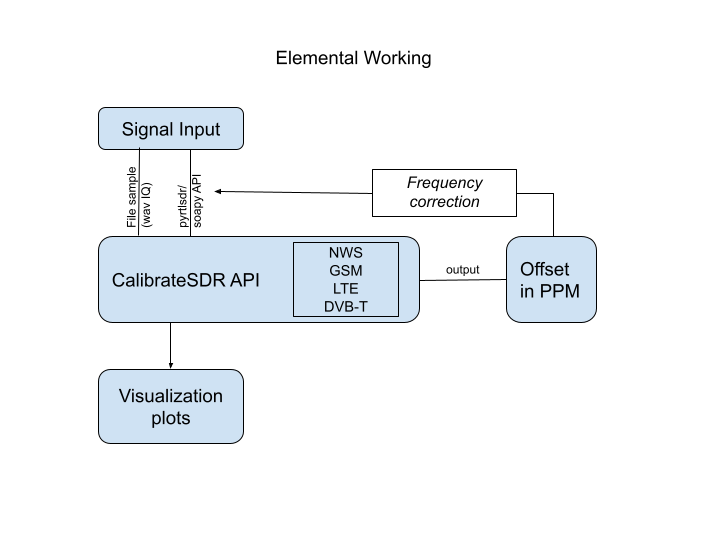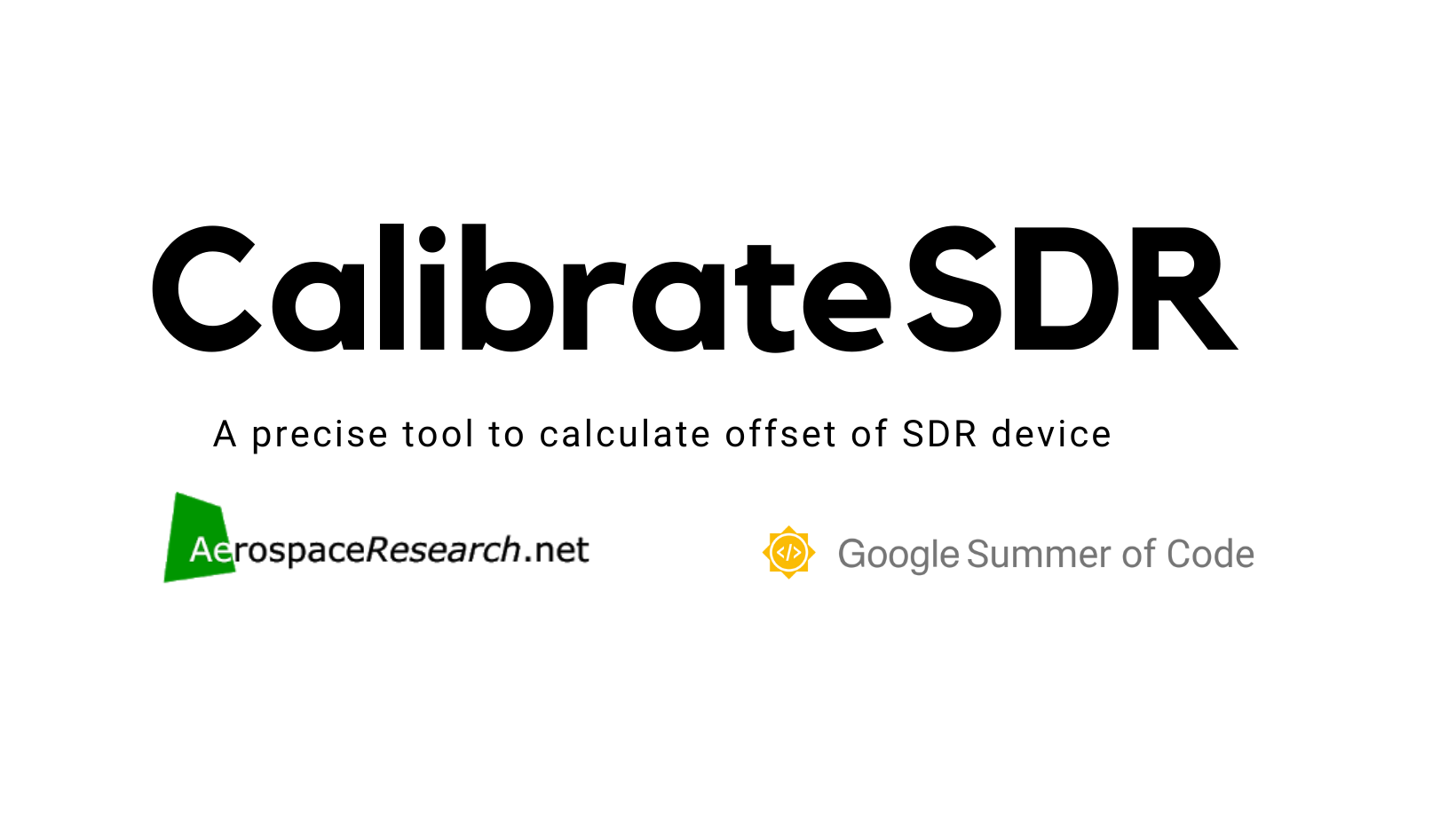Introduction
CalibrateSDR developed by Andreas Hornig is working perfectly with signals DAB+. We can use the python program to calibrate SDR devices. As part of the Google Summer of Code, I have been working around GSM Signal Standard to make CalibrateSDR compatible with it.
Before moving on, please read the initial blog on using CalibrateSDR, written by our mentor. The primary focus of this project is to extend the applicability towards more signal standards, so as to make it helpful for the SDR community. As DAB+ is mainly used in Europe, Signal standards like GSM, LTE, NOAA-Weather Satellites (use their sync pulses within the data) can be used.
Currently, it uses the pyrtlsdr package, which makes it work with RTL-SDR. Piping the API to work with other SDRs will also make the project have a wide range of applications in the SDR Community.
My first weeks of coding relied generally on implementing GSM signals. Working with the GSM frequency correction channel to calculate the offset is my primary task.

Working of GSM to calibrate the SDRs
GSM uses time division to share a frequency channel among users. Each frequency is divided into blocks of time that are known as time-slots. There are 8 time-slots that are numbers TS0 – TS7. Each time slot lasts about 576.9 μs. The bit rate is 270.833 kb/s, a total of 156.25 bits can be transmitted in each slot.
Each slot allocates 8.25 of its „bits time“ as guard-time, split between the beginning and the end of each time slot. Data transmitted within each time slot is called a burst. There are several types of bursts.
„Frequency correction“ burst, which is a burst of a pure frequency tone at 1/4th the bitrate of GSM or (1625000 / 6) / 4 = 67708.3 Hz. By searching a channel for this pure tone, we can determine its clock offset by determining how far away from 67708.3Hz the received frequency is.
How is it working?
A more robust way is to implement a hybrid of the FFT and filter methods. We could use the adaptive filter as described in the paper: G. Narendra Varma, Usha Sahu, G. Prabhu Charan, Robust Frequency Burst Detection Algorithm for GSM/GPRS (https://ieeexplore.ieee.org/document/1404796)
After finding the position of FCCH bursts that we receive in SDRs, it will be easy to calculate the offset. We measure it by how much shifted is the FCCH burst, than what we expect, that is at 67708.3 Hz from the frequency centre. Simply, if no offset is there, we could see these tone bursts at 67708.3 Hz offset with respect to the centre frequency of the channel.
I have completed the program to output the channel frequencies from the given ARFCN numbers of GSM. Check the code for the same here.
Detect and visualize the FCCH bursts!
Currently, the program has been tested only with IQ Wav file recordings. Even though the code has been designed to work with RTLSDR sticks, it is not tested yet with a live connection. Find the link to test files here.
After cloning the repo locally, run the setup to install the requirements using the command: python setup.py install
To test with GSM files, run:
python cali.py -m gsm -f <location of wav file> -rs <sampling rate> -fc <frequency center>First, we will get the plot of the average power spectrum plot. Play with the code to increase the N value, and you can see the sharpness of the line.

The figure above shows the TDMA frames generated by the GSM Signal.
To determine the FCCH bursts from the signal, plot the spectrogram, using the function present in gsm.py. The spectrogram_plot function will do the fft and outputs the figure.
The generated FCCH bursts detection can be visualized as shown below:

We can see the pure tone FCCH bursts are occurring at specific intervals and can be visualized as small blue dots at a range of 0.25 from the centre.
Thus implementation of a filter bank and calculating the positions of these FCCH bursts will give us the offset frequency since we know these FCCH bursts occur at a distance of 67708.3 Hz from the frequency centre.
Will update the code after testing with gsm channels, and the function to calculate the final frequency offset will be committed to the repo.
The workarounds for the second coding period are implementation of LTE and NWS as well as the bridging of a more generalised SDR API, SoapySDR API, which has Python bindings to use as well.
Find out the project updates in my branch here: https://github.com/aerospaceresearch/CalibrateSDR/tree/jyrj_dev
References:
- https://jyrj.hashnode.dev/how-i-got-selected-for-gsoc – First blog
- https://aerospaceresearch.zulipchat.com/#narrow/stream/281823-CalibrateSDR – Chat stream for the project
- https://greenteapress.com/wp/think-dsp/ – For anyone who likes to start with digital signal processing
- https://pysdr.org/index.html – A simple guide to learning the basics of SDRs and DSP
